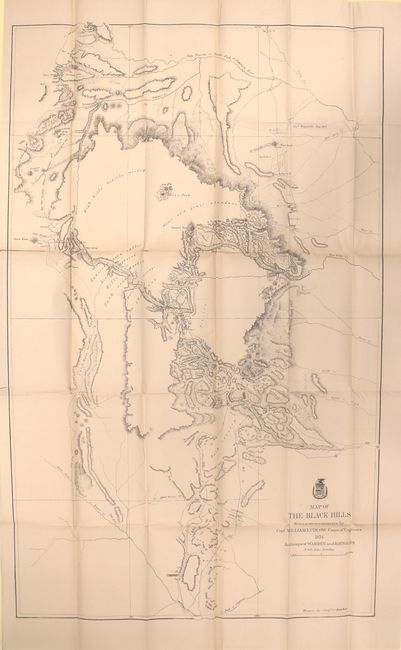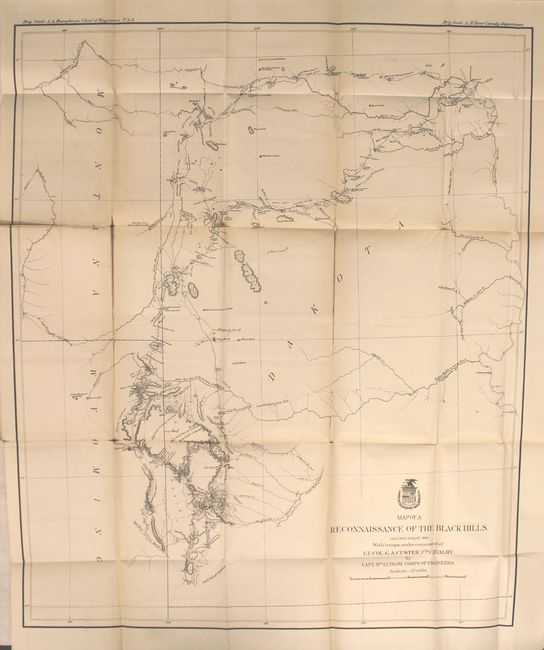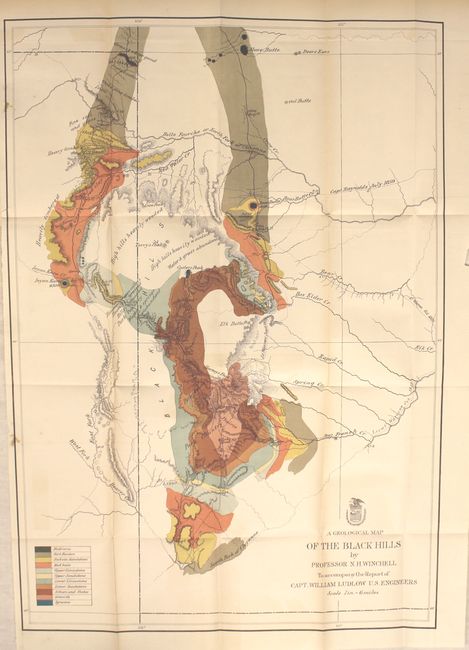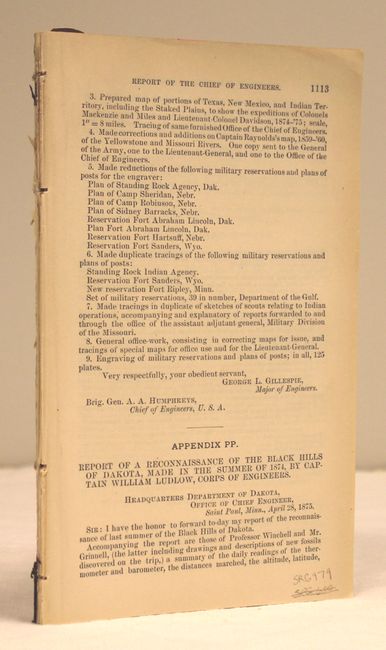Catalog Archive


Auction 151, Lot 219
"[Lot of 3 - Dakota Territory]", U.S. War Department
Subject: Dakota Territory
Period: 1874 (dated)
Publication: Report of the Secretary of War, 44th Congress, 1st Session
Color:
Size:
See Description
Download High Resolution Image
(or just click on image to launch the Zoom viewer)
(or just click on image to launch the Zoom viewer)



